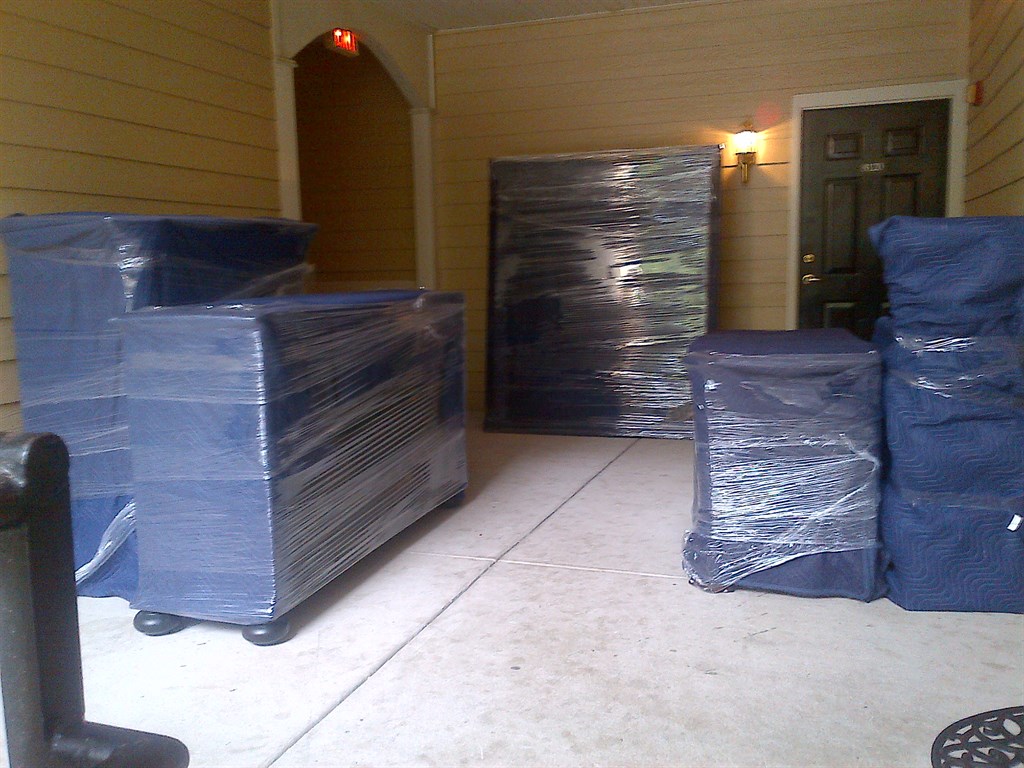
Protecting your furniture during a move requires more than simply covering pieces with sheets. Proper wrapping techniques shield your valuable items from scratches, dents, and breakage throughout the journey to your new home. Finding a reliable moving company can save you considerable time and stress when it comes to furniture protection, but knowing these techniques yourself ensures your pieces receive proper care. This guide walks you through selecting appropriate materials and mastering secure wrapping methods to keep your furniture pristine during transportation.
Gather Necessary Packing Materials
Start by collecting all essential packing supplies for properly wrapping furniture. You’ll need high-quality moving blankets or furniture pads to shield surfaces from scratches and dents, which you can rent or purchase from moving supply stores. Have plenty of sturdy packing tape on hand to secure the blankets in place. Bubble wrap is crucial for fragile items like glass tabletops or mirrors. Corrugated cardboard provides additional protection for sharp edges and corners. Sturdy plastic stretch wrap helps tightly seal blankets around furniture pieces. Keep scissors or a box cutter nearby for cutting and trimming materials as needed.
Disassemble Furniture Where Possible
Dismantle furniture when feasible to simplify transport and protect individual components during your move. Breaking down larger items such as beds, tables, and bookshelves reduces their overall size and weight, making them easier to handle. Gather necessary tools like screwdrivers, Allen wrenches, and pliers before starting. Document the assembly process with photos or notes to aid reassembly at your destination. Store all hardware and small parts in labeled bags to prevent loss. Keep screws and bolts in secure containers to avoid misplacement. Taking furniture apart streamlines the moving process and minimizes damage risk during transit.
Wrap Furniture in Protective Materials
Safeguard furniture by wrapping it in protective materials such as moving blankets, bubble wrap, or furniture pads. These materials create a barrier against scratches, dents, and other damage that can occur during transportation. Here are four key steps to effectively wrap furniture for moving:
- Start with Moving Blankets: Lay a moving blanket on the floor and place the furniture item in the center before wrapping it securely.
- Bubble Wrap for Fragile Items: For delicate pieces like glass tabletops or mirrors, wrap them in bubble wrap to provide extra cushioning.
- Use Furniture Pads for Large Items: Cover large furniture items like dressers or cabinets with furniture pads to protect their surfaces.
- Secure Corners and Edges: Pay special attention to the corners and edges of furniture pieces by adding extra padding or support.
Secure With Packing Tape or Straps
Properly securing furniture with packing tape or straps ensures protective wrapping stays in place throughout the moving process. Use high-quality, strong tape that can withstand the weight and size of each furniture piece. Begin taping at corners and edges, then continue along the entire piece, overlapping tape for added security. For bulkier furniture, use moving straps alongside packing tape for extra support. These straps can be tightened to keep protective layers snug against the furniture, preventing shifting or unwrapping during transit. Thorough securing methods help guarantee your furniture arrives safely at its destination.
Label and Organize Wrapped Furniture
Labeling and organizing wrapped furniture streamlines the unloading and unpacking process at your new location. Here are four essential steps to effectively manage your wrapped furniture:
- Create a Detailed Inventory: List all furniture pieces being moved. This helps you track everything throughout the moving process.
- Color Code or Number Boxes: Assign colors or numbers to each room in your new home and mark corresponding boxes and furniture pieces. This simplifies placing items in correct rooms during unloading.
- Use Fragile Stickers: Mark delicate items to ensure they receive special handling during the move.
- Keep an Unpacking Priority List: Identify boxes with essential items for immediate unpacking to help establish your new space efficiently.
Related Topics:
